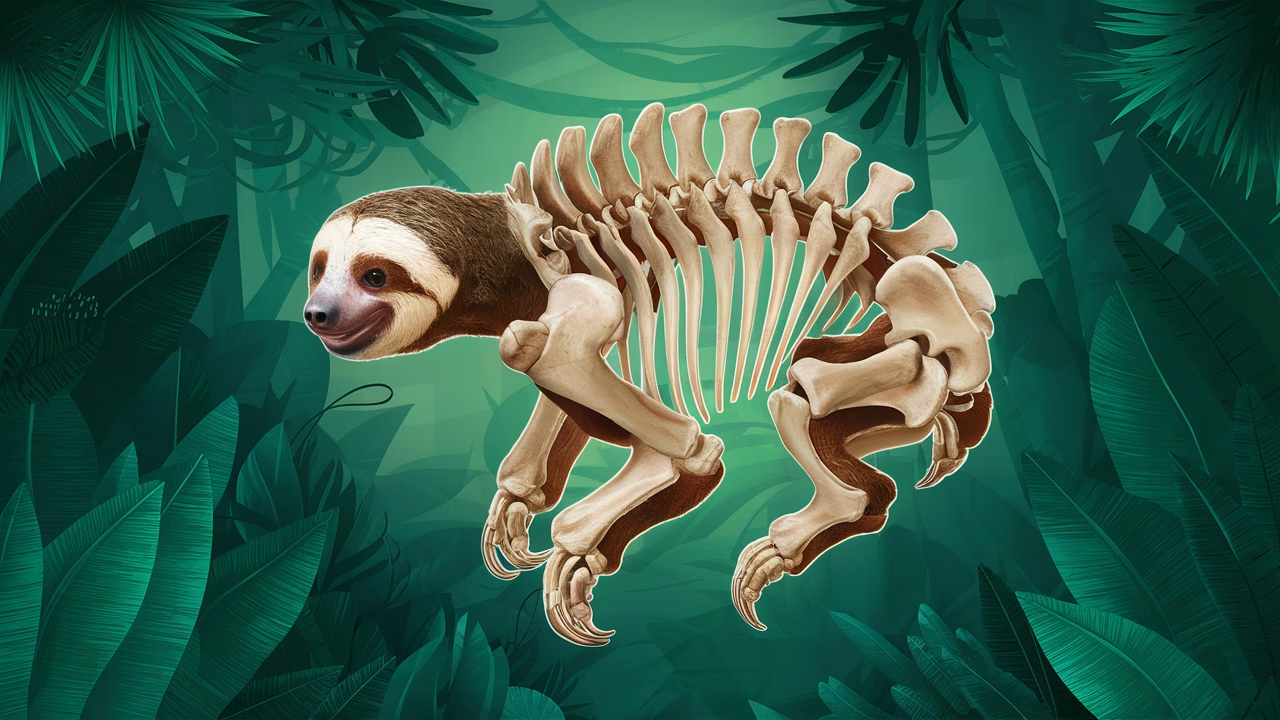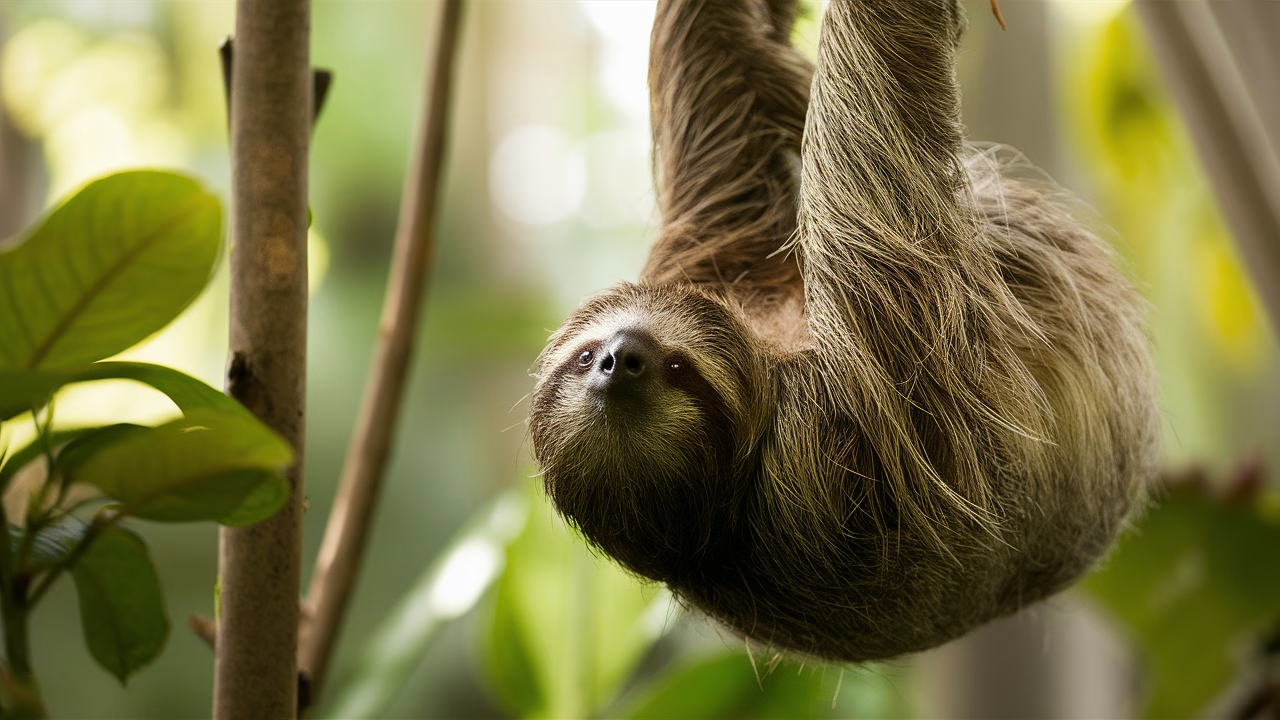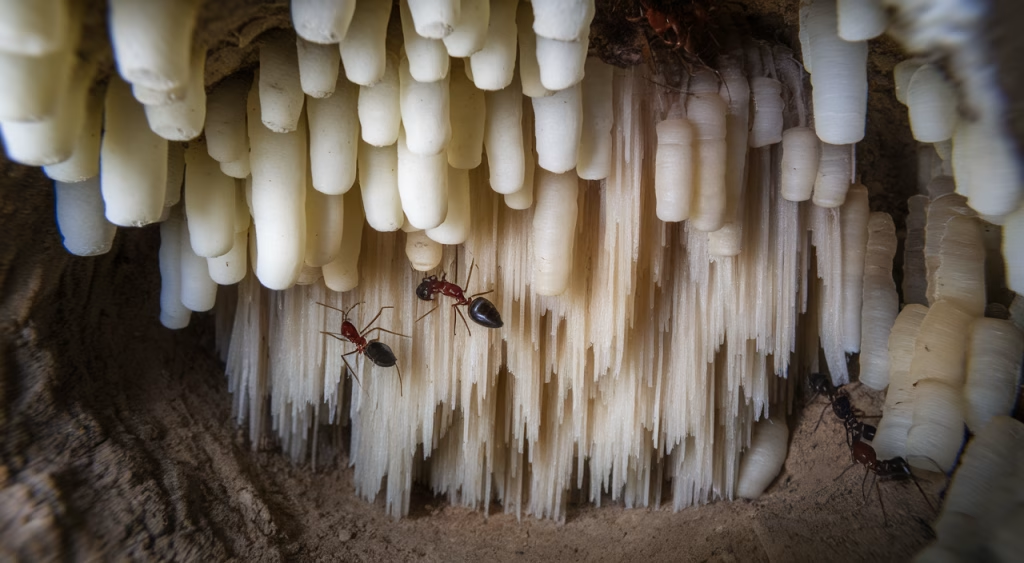How Do Sloths Rotate Their Heads 270 Degrees?
Sloths possess a rare anatomical feature that allows them to rotate their heads up to 270 degrees—one of the widest ranges in the mammalian world. This unique sloth neck rotation ability stems from specialized skeletal modifications in their cervical vertebrae, setting them apart from other mammals. Understanding this remarkable sloth anatomy gives us deeper insight into how these tree-dwelling animals adapt to their slow-moving, arboreal lives.
- Why it matters: Exceptional neck rotation improves sloths’ ability to spot predators without needing to move their bodies, which could attract attention.
- How it works: Unlike most mammals that have 7 cervical vertebrae, sloths have up to 10, increasing their flexibility dramatically.
- Where it’s useful: In the treetops, this range aids in navigation and awareness while maintaining energy-saving stillness.
- Evolutionary insight: This trait evolved as a crucial adaptation to a slow-paced, upside-down lifestyle in dense rainforests.
Why Sloths Can Rotate Their Heads 270 Degrees
Ever wondered how sloths manage to look over their shoulder while hanging upside down? Their sloth neck rotation ability isn’t just quirky—it’s vital for survival. Most mammals, including us humans, can turn our heads about 90 degrees to each side. Owls are famous for extreme flexibility, yet sloths aren’t far behind with their remarkable evolutionary adaptations.
What sets sloth anatomy apart is their cervical vertebrae configuration. While typical mammals have seven vertebrae in their necks—regardless of neck length—sloths can have between nine and ten, especially the three-toed variety. This architectural change in the spine significantly extends their range of motion, making them exceptional among tree-dwelling animals.
More intriguingly, these additional vertebrae don’t impede the spinal cord, thanks to unique adjustments in blood vessel layout and nervous tissue spacing. It’s like redesigning traffic flow around a city to accommodate a flexible drawbridge—evolution at its finest.
The Unique Anatomy of Sloths’ Necks
Extra Vertebrae, Extra Flexibility
Let’s dive into the fascinating sloth anatomy. The three-toed sloth (genus Bradypus) boasts 9 cervical vertebrae, while the two-toed sloth (Choloepus) pushes it further to 10. Compare this to the standard mammalian number—seven—and you begin to see the evolutionary marvel at work in these tree-dwelling animals.
These extra bones don’t just float in space. They are uniquely shaped and aligned to support wide sloth neck rotation while maintaining stability during inverted movement. Specialized articulation points between vertebrae act like pivoting joints, allowing fluid, circular motion more reminiscent of a ballet dancer than a sluggish animal.
Spinal Cord Protection
One natural concern? How do sloths avoid pinching their spinal cord during such dramatic neck rotation movements? Thanks to enlarged transverse foramina—openings for vertebral arteries—the sloth’s vascular system maintains crucial blood flow during high-angle rotation.
They essentially re-engineered the highway system in their necks to preserve function. It’s an example of how evolutionary adaptations don’t just stretch anatomy—they optimize it for both flexibility and safety in tree-dwelling animals.
Adaptations for Life in the Trees
Sloths are the ultimate tree-dwelling animals. Spending nearly 90% of their lives suspended upside-down in the tropical canopy, they’ve mastered an energy-saving lifestyle—slow motions, low metabolism, and stealthy survival. Sloth neck rotation plays a vital role in this behavior.
- Predator Awareness: From jaguars to harpy eagles, threats come from all sides. A flexible neck lets sloths scan their surroundings without the effort of moving their torso.
- Navigation: Swinging through branches requires spatial awareness. Rotating heads help them estimate gaps and reach out to new limbs without repositioning their entire body.
- Minimal Movement: Sloths move slowly to avoid detection. Moving the head alone minimizes rustling, shadow shifting, or noise that could alert predators.
Imagine hanging unsupported from a jungle gym and having to check if someone’s approaching. You’d want maximum vision with minimal effort—and that’s exactly what these remarkable tree-dwelling animals have evolved for through their exceptional sloth anatomy.
The Evolutionary Advantage of This Ability
From an evolutionary standpoint, sloth neck rotation is a trade-off that required significant anatomical changes. It demands skeletal modifications, energy for muscle support, and vascular adaptations. But for sloths, the payoff is tremendous. It’s all about balancing energy efficiency and visual awareness—key aspects in the canopy, where visibility can be limited for tree-dwelling animals.
Consider this: sloths have poor eyesight and rely more heavily on their other senses. Enhanced head movement through evolutionary adaptations gives them alternative ways to monitor their environment. This trait complements their cryptic coloration and slow behavior, maximizing defense without requiring quick acceleration.
Comparison Table – Sloths vs Other Tree-Dwelling Mammals
| Species | Neck Vertebrae | Average Rotation Range | Flight/Escape Speed |
|---|---|---|---|
| Three-toed Sloth | 9 | 270° | Extremely low |
| Two-toed Sloth | 10 | 250–270° | Low |
| Monkey (Capuchin) | 7 | 180° | High |
| Squirrel | 7 | 180° | High |
Impact of Neck Rotation on Sloths’ Behavior and Survival
Behavioral Impacts
The sloth’s exceptional neck agility subtly influences everything from predator avoidance to social signaling. Though sloths are solitary creatures, they do communicate through scent and occasional vocalizations, especially during mating. Being able to visually assess threats or opportunities through sloth neck rotation plays into these crucial behavioral strategies.
Observational studies also show that sloths tend to use their neck rotation more frequently while climbing down trees—a vulnerable moment when predators pose greater risks on the ground. This flexibility allows them to scan for ground threats before making their descent, showcasing how evolutionary adaptations serve multiple survival functions.
Survival Strategies
Let’s not forget: sloths descend only about once a week for defecation, a fascinating biological mystery in itself. During this descent, their vision and movement become absolutely critical for survival. The neck’s flexibility provides an extended vantage point, letting them scan surroundings with minimal bodily exposure—a perfect example of how sloth anatomy serves their survival needs.
In evolutionary terms, this single behavior—descending to defecate—is one of the most dangerous parts of a sloth’s life. And it’s here that sloth neck rotation comes into prime use, possibly saving lives by providing the chance to spot a hidden jaguar or lurking snake. This demonstrates how even seemingly simple evolutionary adaptations can be life-saving for tree-dwelling animals.
Frequently Asked Questions
1. Do all sloths have the same neck flexibility?
No, three-toed sloths typically have a slightly tighter neck rotation compared to two-toed sloths, but both exhibit significantly more flexibility than most mammals thanks to their unique sloth anatomy.
2. How does a sloth’s neck compare to an owl’s?
While owls can rotate up to 270 degrees as well, their skeletal and vascular adaptations are different. Sloths achieve similar sloth neck rotation with entirely mammalian anatomy and evolutionary adaptations.
3. Can sloths see behind themselves?
Effectively, yes. While they rely more on hearing and smell than sight, their head rotation allows near-panoramic awareness of their environment—crucial for tree-dwelling animals.
4. Is neck rotation energy-intensive for sloths?
Surprisingly, no. The sloth anatomy evolved to support this mechanism efficiently with minimal muscular strain, perfectly suiting their low-energy lifestyle.
5. Why do two-toed sloths have more vertebrae than three-toed ones?
It’s still under study, but the extra vertebrae might compensate for other skeletal differences or relate to variations in their movement patterns and diet among these tree-dwelling animals.
6. Could humans evolve an extended neck like sloths?
Not likely. Human spinal architecture is tightly linked to upright posture and brain support. The trade-offs in mobility and structure would outweigh the benefits of such evolutionary adaptations.
7. Does this adaptation help sloths find food?
Yes. Sloth neck rotation assists in scanning for food sources like leaves and navigating between branches efficiently without full-body movement—essential for these energy-conserving tree-dwelling animals.





